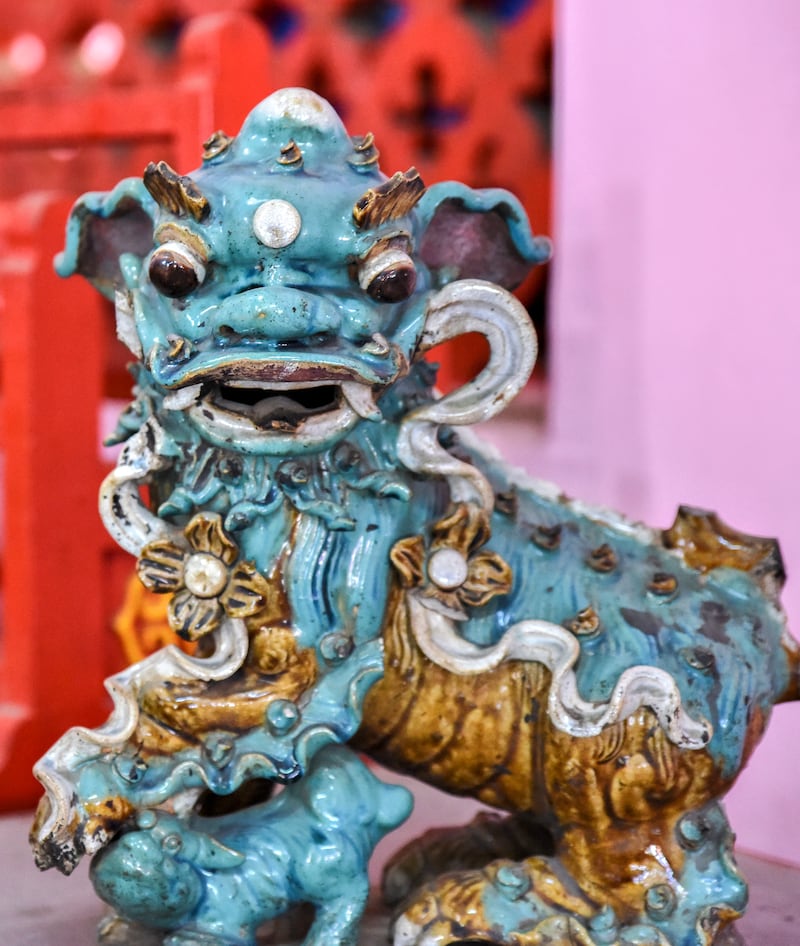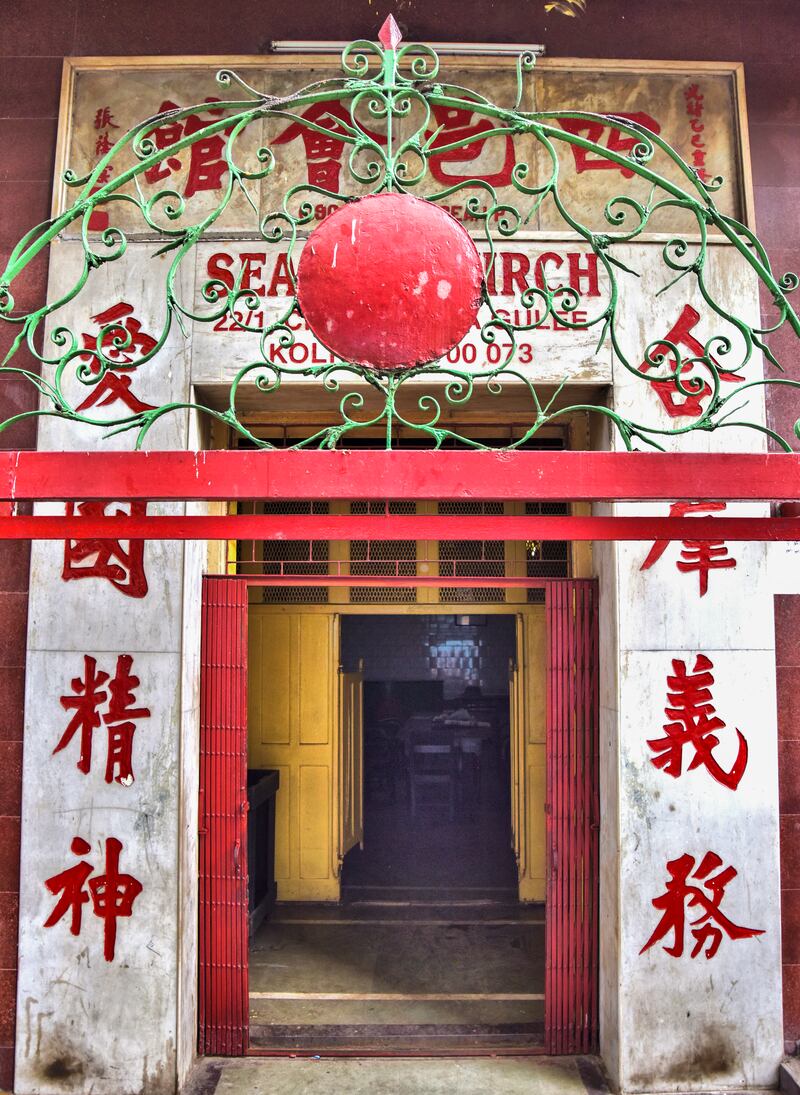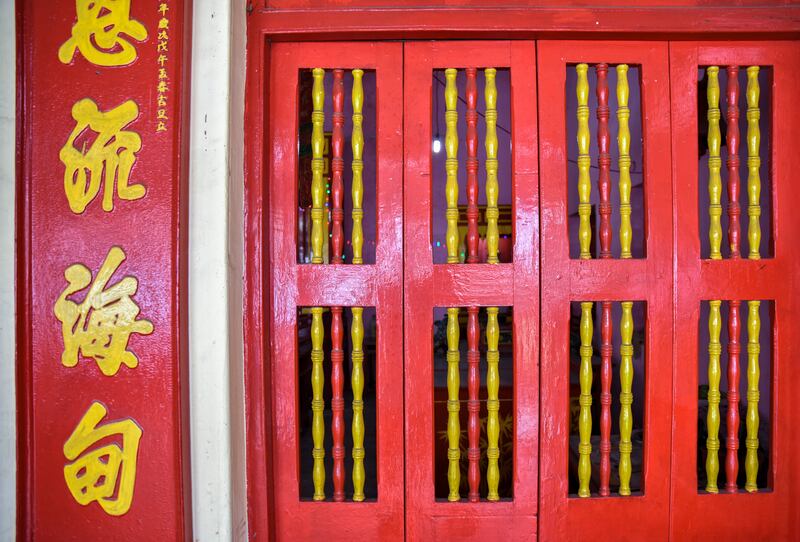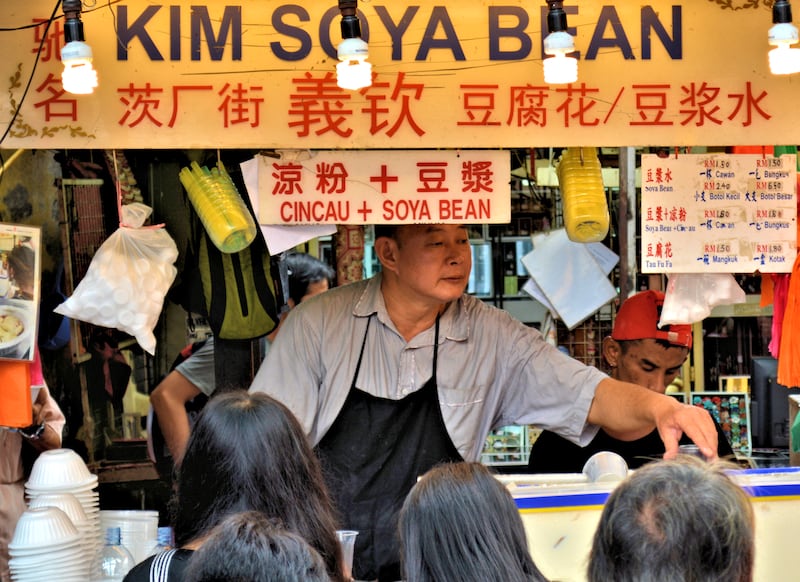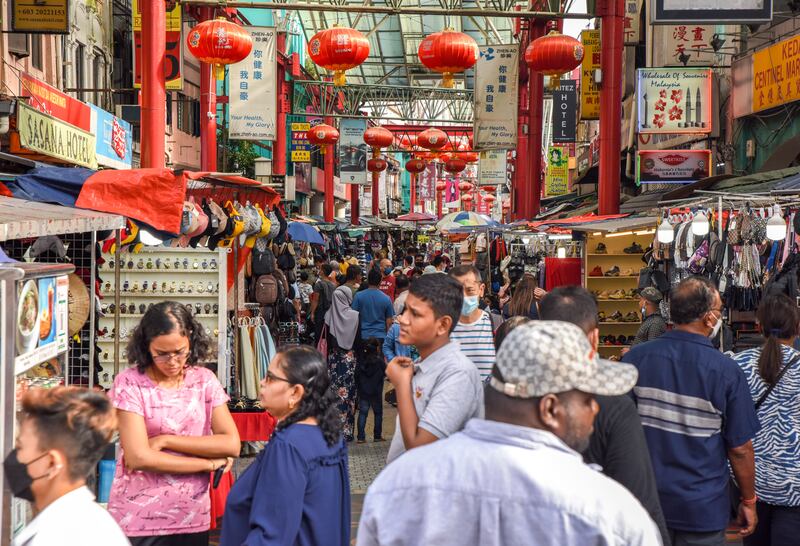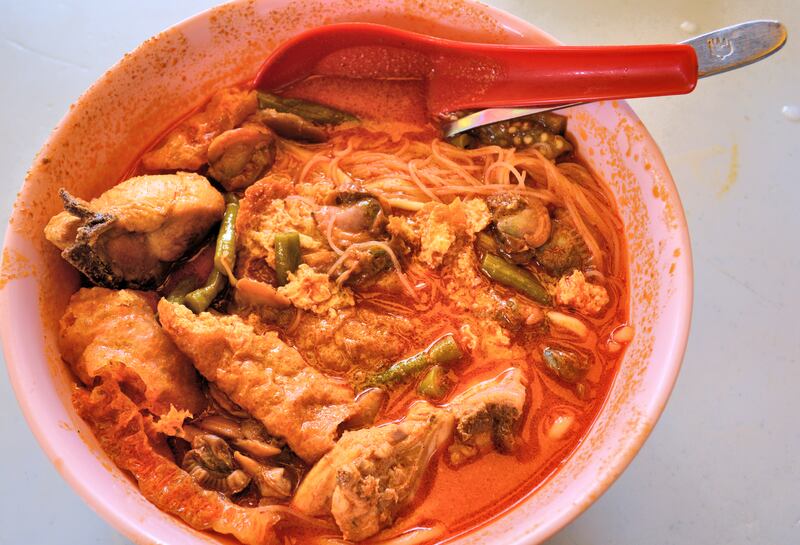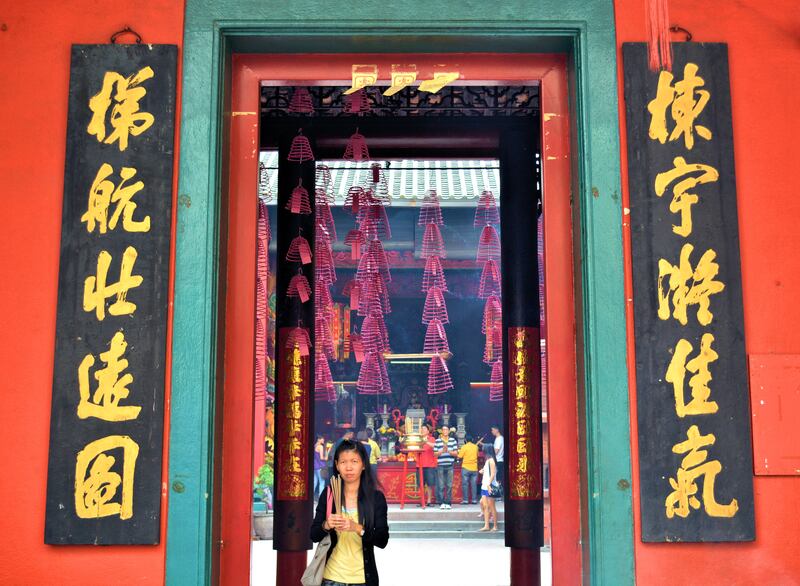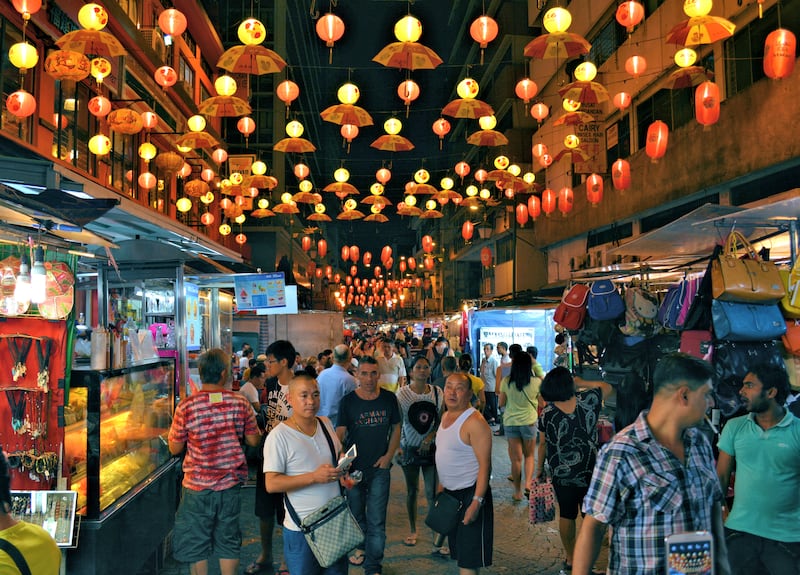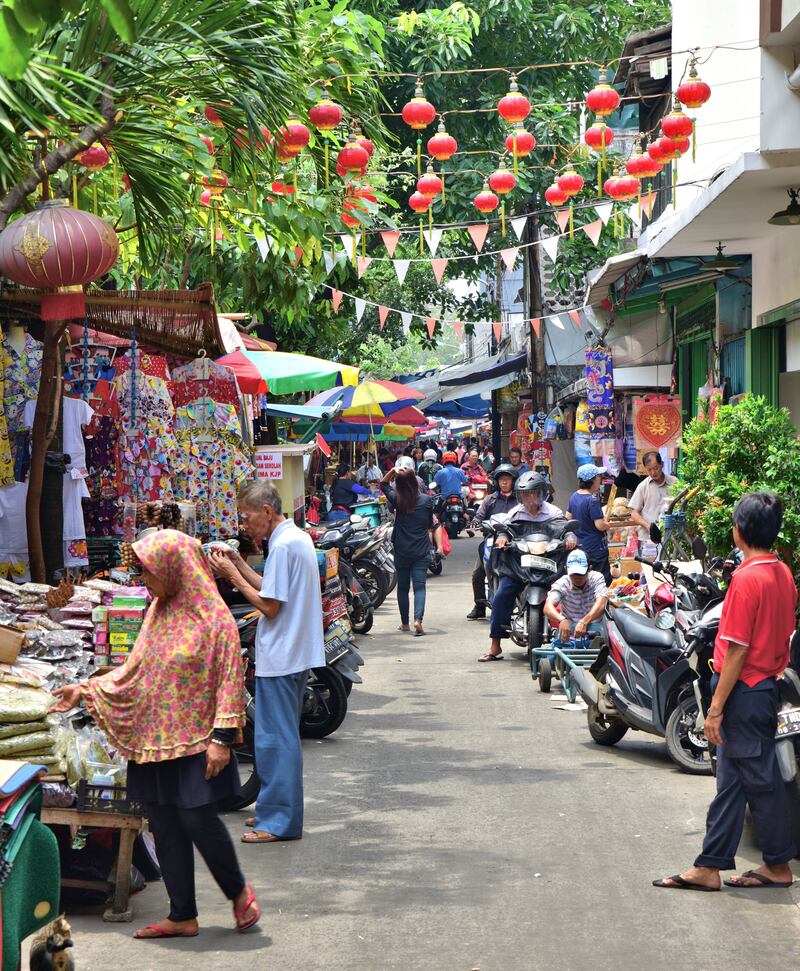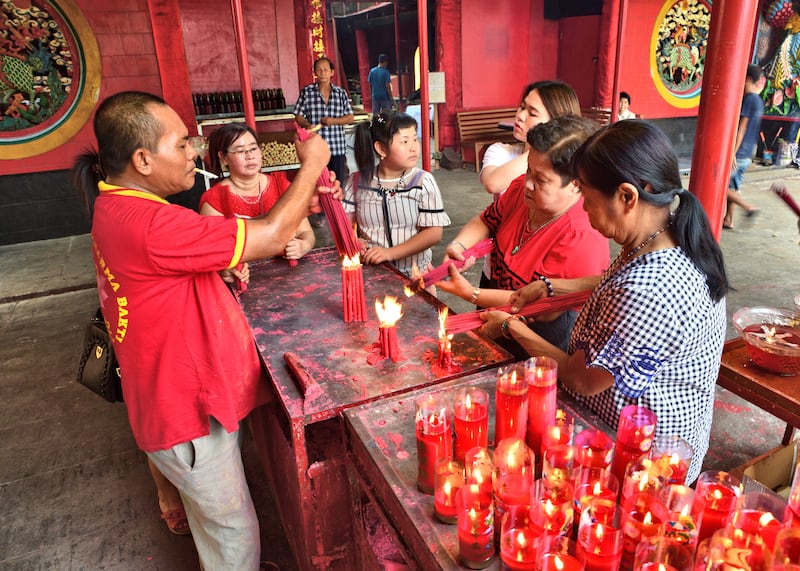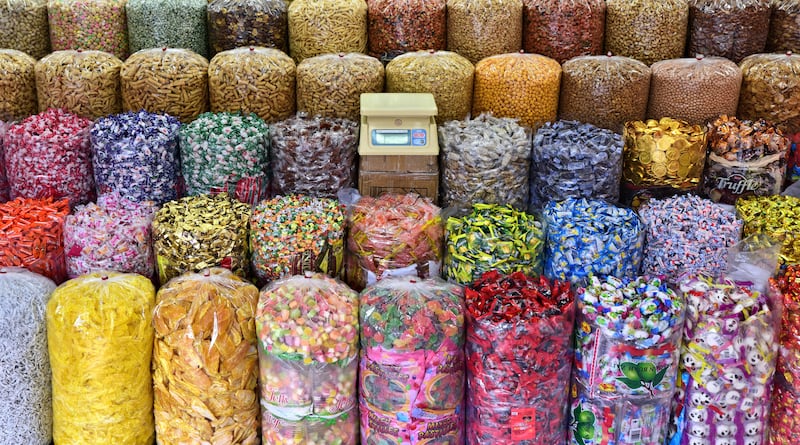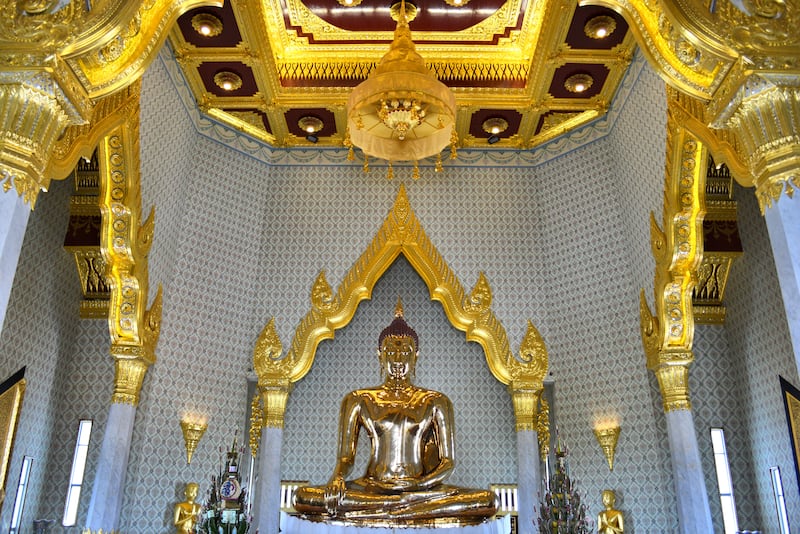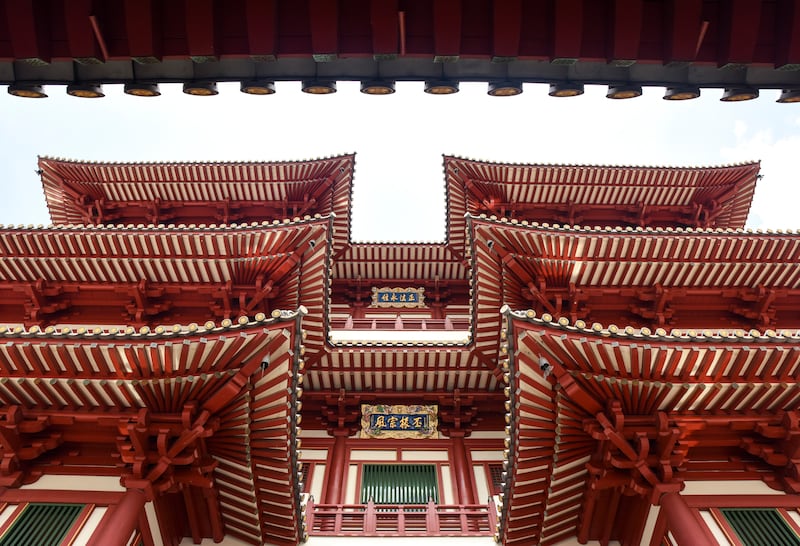Chinatowns the world over are renowned for their flavourful food, lively atmosphere and picturesque temples.
Asia has some of the largest and most interesting of these Chinese enclaves, especially in Thailand, Malaysia, Indonesia, Singapore and India.
Glodok – Jakarta, Indonesia
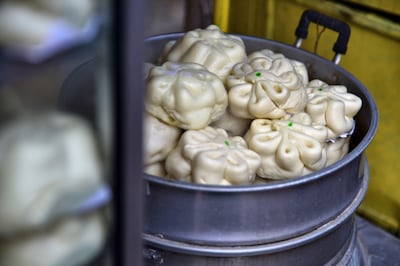
Glodok is essentially a buffet the size of an entire neighbourhood. Each of the streets within Jakarta’s oldest Chinese community brims with edible treats. So much so, that it took me far longer than expected to explore Glodok due to continually being distracted by the fragrant offerings of vendors and restaurants.
Among the most addictive dishes here are salted chicken, gado gado salad, mie ayam noodle soup, beef rendang, bakmi ayam noodles and bakso goreng chicken meatballs.
Before filling up, first visit Glodok’s most photogenic religious complexes – Dharma Bhakti Buddhist temple and Jin De Yuan Chinese temple.
The former is reputedly the city’s oldest temple, built in the mid-1600s. That means it predates Glodok, which was established about a century after that by the colonial occupiers, the Dutch. Their East India Company had headquarters in Jakarta and set aside Glodok as an enclave for the city’s Chinese immigrants.
Tiretta Bazaar – Kolkata, India
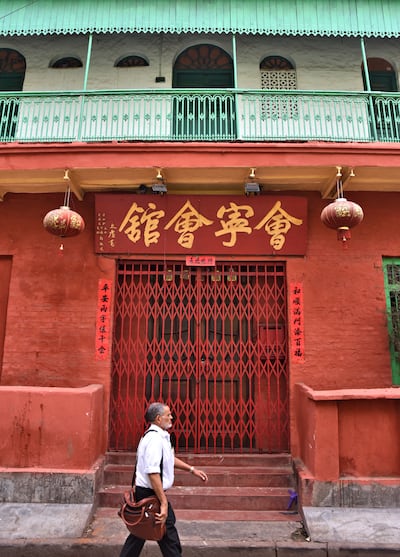
Tiretta Bazaar is dwarfed by the sprawling Chinatowns of Bangkok and Singapore. Yet woven into this labyrinthine neighbourhood in downtown Kolkata is the enthralling tale of India’s oldest Chinese community. Only a century ago, this network of narrow backstreets and alleys had about 20,000 residents who were ethnically Chinese.
Although that number has since shrunk to less than 100, tourists can still visit sites that illuminate the story of Tiretta Bazaar. There are about two dozen heritage buildings remaining here tied to that historic Chinese community. Among them are the Taoist temples of Sea Ip, Nam Soon, Toong On, Ling Liang and Choonghee Dong Thien Haue, some of which date back more than 160 years.
This Chinatown has its roots in 1778. That was the year Kolkata reportedly received its initial Chinese resident, a businessman named Tong Atchew. He recruited many of his countrymen to work in the flourishing sugar plantation he had created in Kolkata.
From there, this Indian city’s Chinese population swelled. Tourists can visit its old temples and also experience this Chinatown’s legacy, in the form of two famed elements of Kolkata culture – hand-pulled rickshaws and Indian-Chinese cuisine.
Chinatown – Kuala Lumpur, Malaysia
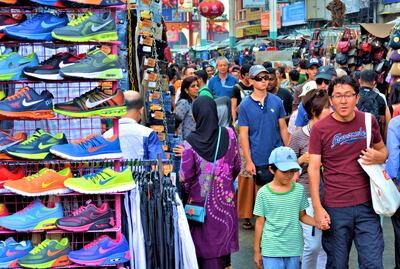
I cannot guess how many presents I’ve purchased over the past 20 years in Kuala Lumpur’s Chinatown. Because at its heart is one of South-east Asia’s best-value spots for buying souvenirs and replica brand name shoes and clothes.
Two pedestrian streets laden with such stalls criss-cross each other, and swarm with tourists from midmorning until late evening. While the quality of its goods is a mixed bag, there are plenty of bargains to be snared by an astute buyer. Especially if you know how to bargain politely yet firmly.
Beyond this hive of commerce, dense Chinese culture and history survives here in the Malay capital.
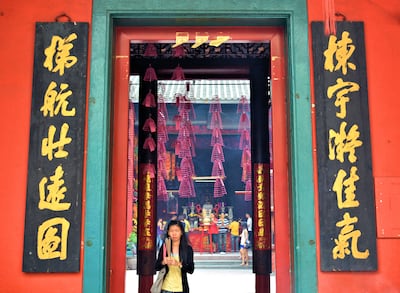
This is embodied by several of the city’s most aesthetically pleasing temples. Some of my favourite photographs I’ve ever taken of Kuala Lumpur were at Guan Di Temple. Built in the 1880s, it almost looks like it’s been drenched in blood, so bright red is the paint on its facade and interior.
Similarly ostentatious is Sin Sze Si Ya Temple, located 150 metres north of there, along the same street. Both of these buildings have long been spiritual hubs of this Chinese community.
Few countries in Asia have been as greatly shaped by Chinese immigration as Malaysia. Among its population of 34 million people, about seven million are ethnically Chinese. As such, there are many appealing Chinatowns across this country, most notably in Penang, Malacca and Kota Kinabalu.
Yaowarat – Bangkok, Thailand
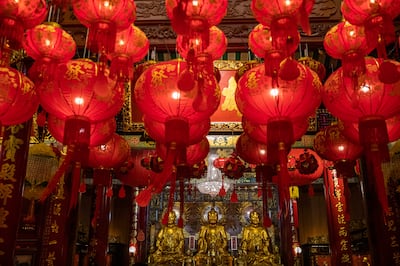
During almost a decade of living on-off in Bangkok, Yaowarat was my favourite day trip within the gargantuan Thai capital. Dozens of times, my wife and I spent hours savouring its religious sites, bargain markets and ceaseless energy. All the while, we’d graze on the snacks for which this Chinatown is so revered.
Bangkok is among the world’s best-known street-food destinations, and to my mind the star of this scene is Yaowarat. During a photography gig for a street-food tour company, I once spent six hours snapping images of dozens of this neighbourhood’s dishes.
That assignment revealed to me that the variety of Yaowarat’s cuisine was even deeper than I realised. From bird’s nest soup to som tam salad, khao soi noodles, grilled chilli squid, dim sum, massaman curry, beef satay skewers, pandan pudding, and my personal obsession, kway chap noodle soup.
A great deal of the fun of Yaowarat is navigating its warren of backstreets, where food, bargains and people-watching opportunities come hurtling at you. Due to being narrow and crowded, these alleys are jarringly hot during the middle of the day. It’s advised to visit instead in the early morning or, even better, during the evening when Yaowarat’s food scene reaches its zenith.
Chinatown – Singapore
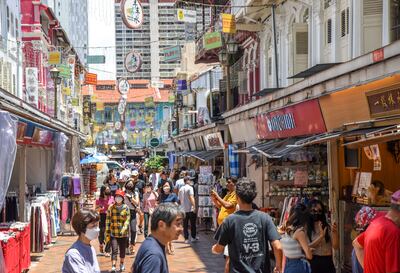
Singapore’s image is of a cutting-edge city spiked by high rises. Yet behind this uber-modern facade is a surprisingly dense history, especially in its time-worn Chinatown neighbourhood. Here, ancient traditions persist even as Singapore races into the future.
Tourists can visit Say Tian Hng, the city-state’s last surviving Taoist statue studio, to learn how its artisans delicately carve deities. They’ll also notice that this, and many other Chinatown businesses, eschew metallic or fluorescent signage. Instead, they favour traditional wooden boards embellished by hand-carved Chinese calligraphy.
Both of these crafts can be traced back to the Chinese immigrants who landed here two centuries ago. After the British colonised Singapore in 1819, the area that’s become known as Chinatown soon developed into a lively commercial precinct.
Nowadays visitors are drawn to its street markets, endless restaurants, and collection of religious complexes. Buddha Tooth Relic temple, Thian Hock Keng temple, Yu Huang Gong temple, Siang Cho Keong Temple, Kreta Ayer church, Telok Ayer church and Sri Mariamman Temple are all intriguing and attractive sites.
